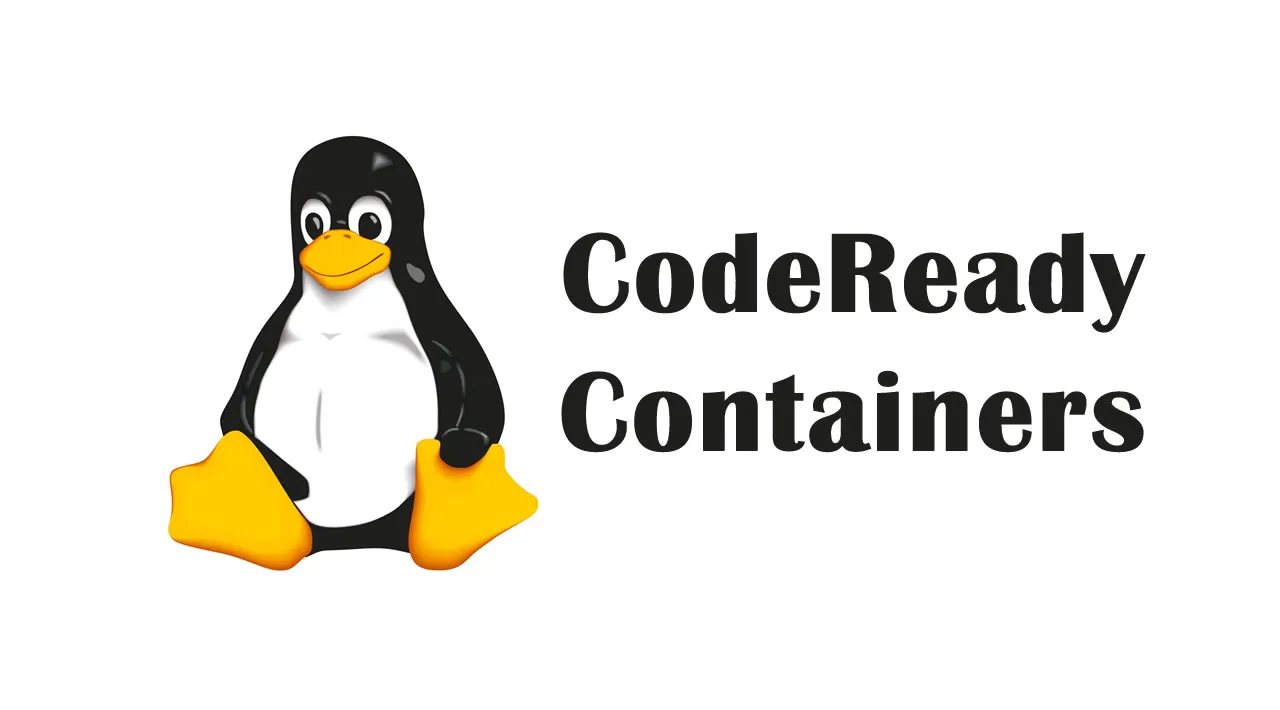Are you considering Red Hat CodeReady Containers (CRC) for your local OpenShift development? Are you going to install CRC on Linux? In this blog, I am going to walk you through the deployment of CRC on Linux. We will take a closer look at how CRC works and review some of the configuration options. Fasten your seatbelts, the tour begins.
This blog uses CRC version 1.21.0, which is based on OpenShift Container Platform (OCP) version 4.6.9. I am installing CRC on Debian 10 GNU/Linux but any modern Linux distribution like Fedora or Ubuntu will do. As of version 1.21.0, CRC can be deployed on a Linux host that meets the following requirements:
- KVM and libvirt installed.
- Networking configuration is managed by the NetworkManager.
- User installing CRC has sudo access to the Linux host.
In addition to the Linux host, you will also need to download the CRC distribution tarball and a pull secret. The pull secret is a JSON file that includes the authentication information for accessing protected container image registries that are hosted by Red Hat. If you are not a Red Hat customer, you can join the Red Hat Developer Program and download the pull secret at no cost. Through the Developer Program, you can also obtain the CRC distribution tarball. Alternatively, you can download the CRC distribution tarball directly from here.
CRC comes with excellent documentation which is being expanded with every new release. You can find it here.
#kubernetes
